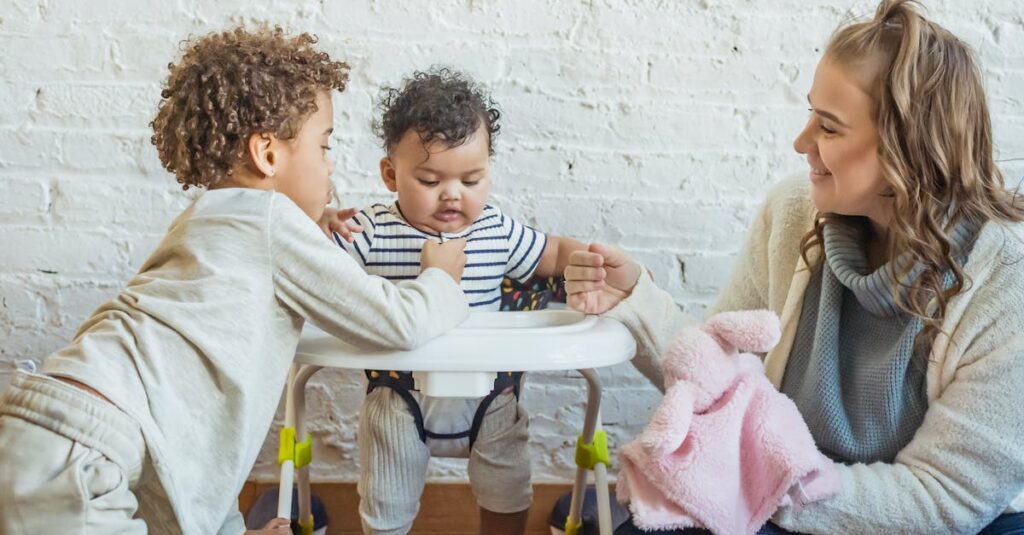Understanding Diversity through Jesus’ Teachings
Teaching little ones about diversity is a beautiful and essential task. Drawing from Jesus’ teachings makes it even more meaningful. Jesus taught love and acceptance, emphasizing the importance of loving your neighbor.
Share stories from the Bible where Jesus interacted with people of different backgrounds. Highlight how he embraced everyone with kindness. By explaining these principles, children learn to value and respect differences from an early age.
Summary:
Teaching children about diversity using Jesus’ teachings is a powerful way to instill love, acceptance, and respect for differences from a young age.
Creating Diverse, Inclusive Environments at Home
Creating a diverse environment at home starts with small, intentional steps. Fill your home with books, toys, and media that represent different cultures and backgrounds. Introduce children to various languages, food, and music. Implement diversity in the daily routine, like celebrating multicultural holidays. These actions cultivate an inclusive mindset and make diversity a normal part of life. It is through these small yet effective steps that children learn to appreciate the world’s rich tapestry.
Storytelling: Powerful Tool for Teaching Diversity
Storytelling is a powerful tool for teaching diversity. Engaging your preschooler with stories from different cultures and backgrounds opens their minds to new perspectives. Share tales that showcase diverse characters and settings. For instance, reading a story about a child from another country helps them relate and understand different ways of life. Use animated voices, props, and ask questions during storytime. This method brings the stories to life and teaches acceptance in a fun and interactive way.
Storytelling can be a delightful way to educate children about the importance of embracing diversity and culture. Through storytelling, children can learn empathy, acceptance, and respect for others’ differences.
Handling Emotional Challenges in Diverse Learning
Navigating emotional challenges can be tricky but essential when teaching diversity. Children might feel confused or scared about differences. It’s important to acknowledge these feelings. Use simple language to reassure them. Explain that it’s okay to notice differences and that every person is unique and valuable.
Share your own experiences. For instance, talk about a friend from a different background and what you learned from them. This approach normalizes diversity and helps children build emotional resilience.
Embracing diversity and addressing emotional challenges play a crucial role in fostering a supportive and inclusive learning environment.
Practical Activities for Celebrating Diversity
Engage children with practical activities to celebrate diversity. Simple crafts like making a ‘diversity collage’ with pictures from around the world can be both fun and educational. Cooking meals from different cultures together is another hands-on way to explore diversity. Create a ‘passport’ for your child that they can stamp once they learn something new about a different culture. Play diverse music and have dance parties. These activities make learning about diversity joyful and memorable.
Let’s embrace and celebrate the beautiful tapestry of cultures around us through engaging and immersive activities!
Encouraging Conversations about Diversity
Open conversations about diversity encourage understanding and respect. Take advantage of everyday moments. For instance, if you see someone wearing traditional attire, explain its significance to your child. Ask open-ended questions like, Why do you think it’s cool to have friends from different places? Encourage your child to share their thoughts and feelings. This dialogue fosters a safe space for curiosity and learning. Use humor and personal stories to make these conversations light-hearted and impactful.

